
|   |

|   |
Utsav Prayag: An opportunity to appreciate subtleties of arvachin Garbo - Dr. S.D. Desai e-mail: sureshmrudula@gmail.com June 27, 2019 Everyone locally cherishes the contribution Kshemu Divetia (1924-2009) has made to the cultural life of Gujarat with music. Kalpesh Dalal spelt out Gujarat's fondness for his work with an aesthetic sense. He specializes in the study and performance of authentic folk dances of Gujarat, particularly Garbo. He deflected attention from a very personal memory and focussed on Kshemubhai's signature musical compositions of thirteen Garbas. He assigned twelve of them to six leading groups two each and invited them to participate in Utsav Prayag, which was presented at the Tagore Memorial Hall on 17th June. 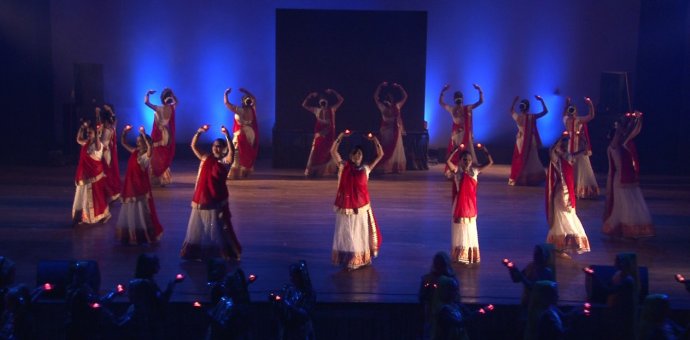 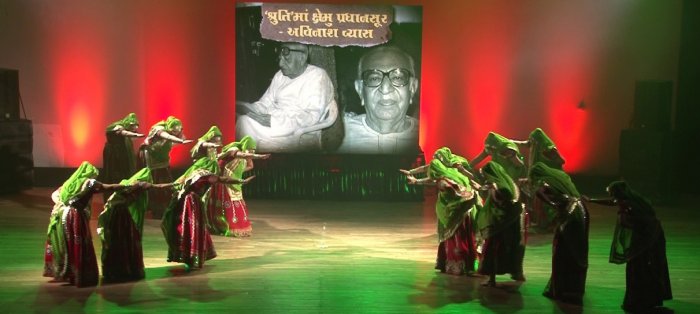 The thirteenth was the first performance, an imaginatively choreographed one by him, in which all the girls from different groups, around a hundred and fifty, participated. Lights went down after a short film on the late music composer and the curtain opened on girls with diyas on their palms doing appropriately a Garbo written by a medieval poet Vallabh Bhatt. In no time light glimmered in long rows on the two large side passages and on them emerged damsels with diyas in hands descending in tune with the rhythm. And behold now there they are right in front - forming patterns with diyas, hand movement and smiles on Kaali daandi-no damaro re... (Paragi Vasavada). Prayag is where there is a confluence of three rivers. In Garbo, there is a confluence of the poetic word, its musical rendering and the visual performance on it. Each element has a special connotative significance. With a fine sensibility and musical insight, Kshemu Divetia set scores of songs to music and in many of them his wife Sudha Divetia gave voice. Among them there are Garbas. When they were performed as part of Utsav Prayag, their special flavour was felt. There was a full house, which included celebrities from the fields of music and dance, to relish it. A Garbo, generally in first person singular, has a delicate feminine charm in all its three elements. At the initial level it is a written song, a short lyric poem. It delicately expresses shared emotions of a young woman. Kshemubhai's selections have this preference for finer feminine emotions. Gunjan's song in Arati Munshi's voice, for example, mentions a young woman's latako (controlled coquettish gait) and matako (naughty glance). Vibha Desai gives voice in Morli's lyric to its nayika lost in her lover's thoughts. Lying in bed or standing at the threshold she keeps hearing what others don't: her lover speaking. Her longing intensifies. 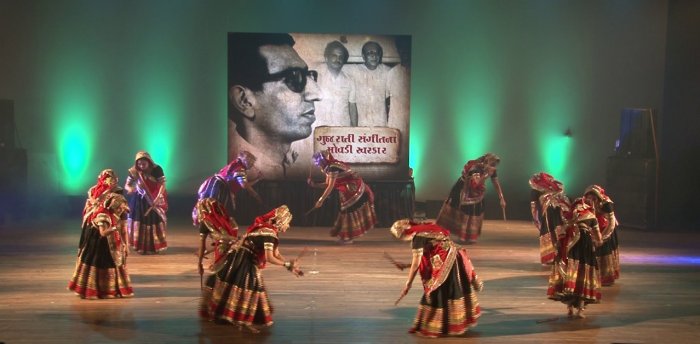 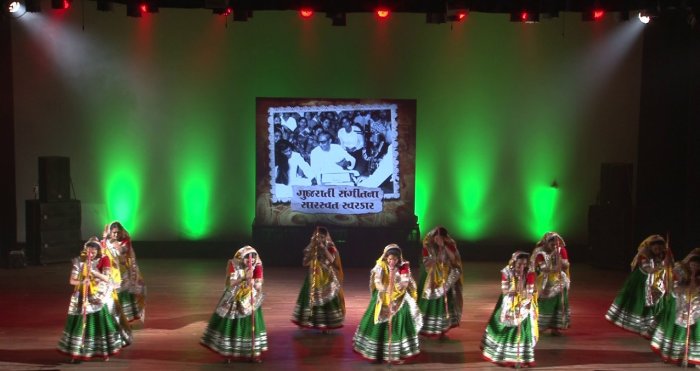 If poetry celebrates 'rising waters in the Yamuna' (Venunaad), it helps get reconciled with its receding waters too. The very age is the source and carrier of the feelings indescribable of a young woman at the threshold of life. She finds an emotional connect with the elements of nature in the backyard. Images of common trees (Vadalo), birds (Moralo), flowers (Damro), fruit clusters and even deshi vegetables occur and recur in the songs. How concretized urbanization has caused loss of innocence! Kshemubhai brought poetry to his compositions. Utsav Prayag gave a taste of the emergence and evolution of arvachin Garba on the stage, to which he phenomenally contributed. What real life takes away, art can restore. The lyrics do it, so do Kshemubhai's compositions. Sans the disturbing 'noise' heard in the deformed 'modern' Garba in party plots and films, these compositions are close to the soil with their images, their beats and rests, close to the emotional world of the young performers. While his classical background expressively anchors and gives elegance to the compositions, it is his insights into Gujarat's folk music, which he specially learnt from a legendary Gujarati folk singer Hemu Gadhvi, that provide them the lifeblood. 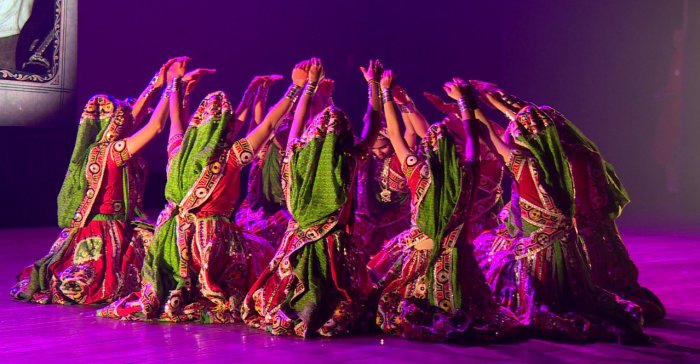 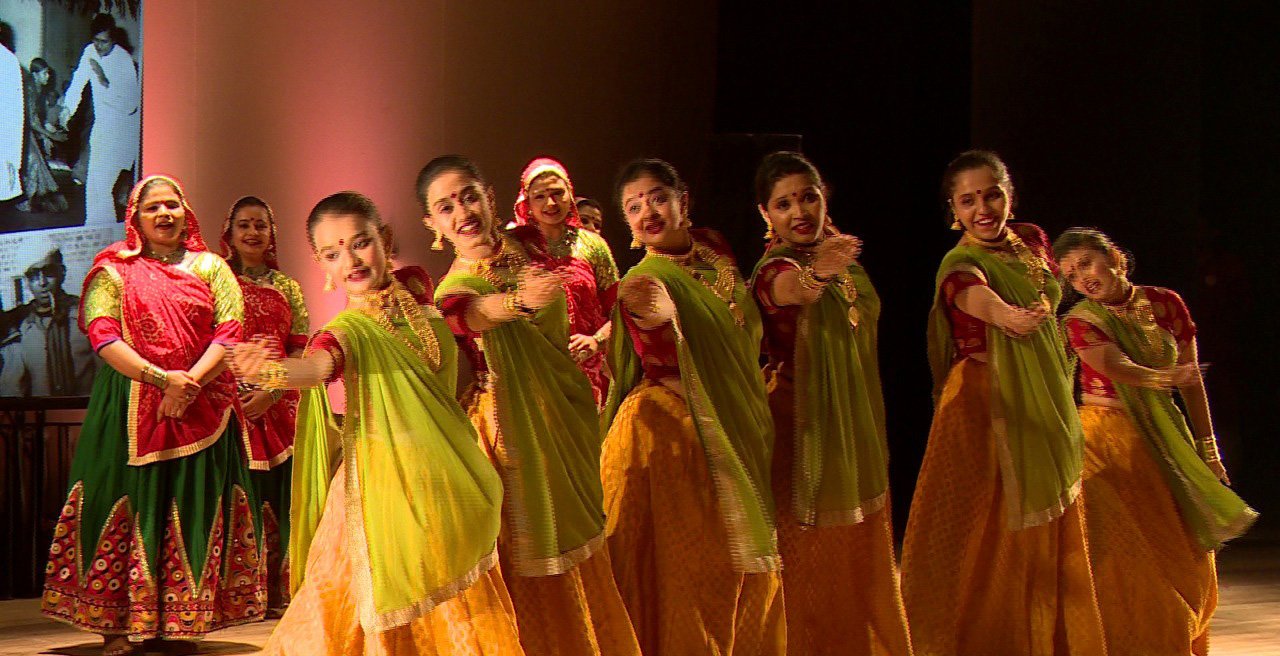 Compatible with the plain images and basic emotions integral to rural life are the unsophisticated rhythm and flow everyone identifies with in his compositions, recorded some four decades ago for a prominent Garba group. An existence of the folk and the classical in a dialogue form looks and sounds delectable in jugalbandis like the one in the traditional song Nave nagarthi... The composer achieves all this with a select bunch of ragas dear to him and indigenous percussion, wind and string instruments. Medieval poet Dayaram's Garbe ramavaane gori (Aavishkar)... is yet another example. With the poet's evocative word strengthened by its musical rendering, the performers get into their element at the third stage and create a veritable chakshusotsava. The limited space here doesn't permit an elaborate analysis of the costumes and ornaments spelling out their mood and context - of Tippani dancers or Vrajvasini Radhika and other Gopis, for example. It is the initial spring given to the feet (theko) for graceful padachalan back and forth, which keeps recurring with the regular strong percussion beat, a joyous flowing abandon in movement, hands put together rhythmically with a clap (taali) and spread out with a snap (chapti) and mudras that please. In Utsav Prayag performances, the full circle innovatively split into multiple circles, semi-circles and varying lines. In bewitching choreographies the movement at times grew backward as well. 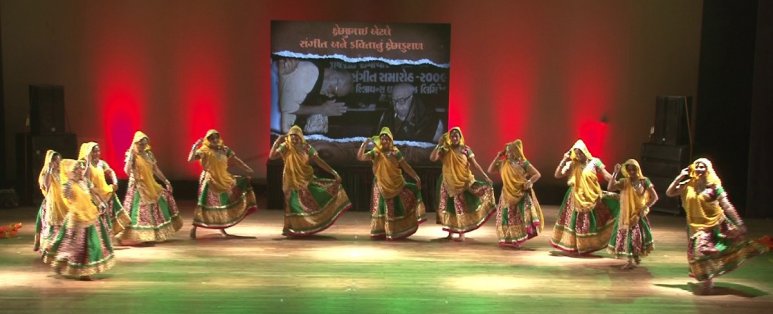 A couple of groups brought the dimension of thematic interpretation to their presentation. Light designs (Harry, Parth) made an integral contribution to the interpretation. With interplay of light and shade they strikingly highlight dominance of different shades of red in Venunaad's Raati raati paareva-ni aankhadi (Raati means red, paareva-ni dove). With brief words of appreciation, poet Tushar Shukla compered the presentation in his characteristic conversational style. The event was organized by Avanti Foundation, set up to commemorate the late Trupti Dalal (1950-86). Dr. S.D. Desai, a professor of English, has been a Performing Arts Critic for many years. Among the dance journals he has contributed to are Narthaki, Sruti, Nartanam and Attendance. His books have been published by Gujarat Sahitya Academy, Oxford University Press and Rupa. After 30 years with a national English daily, he is now a freelance art writer. |